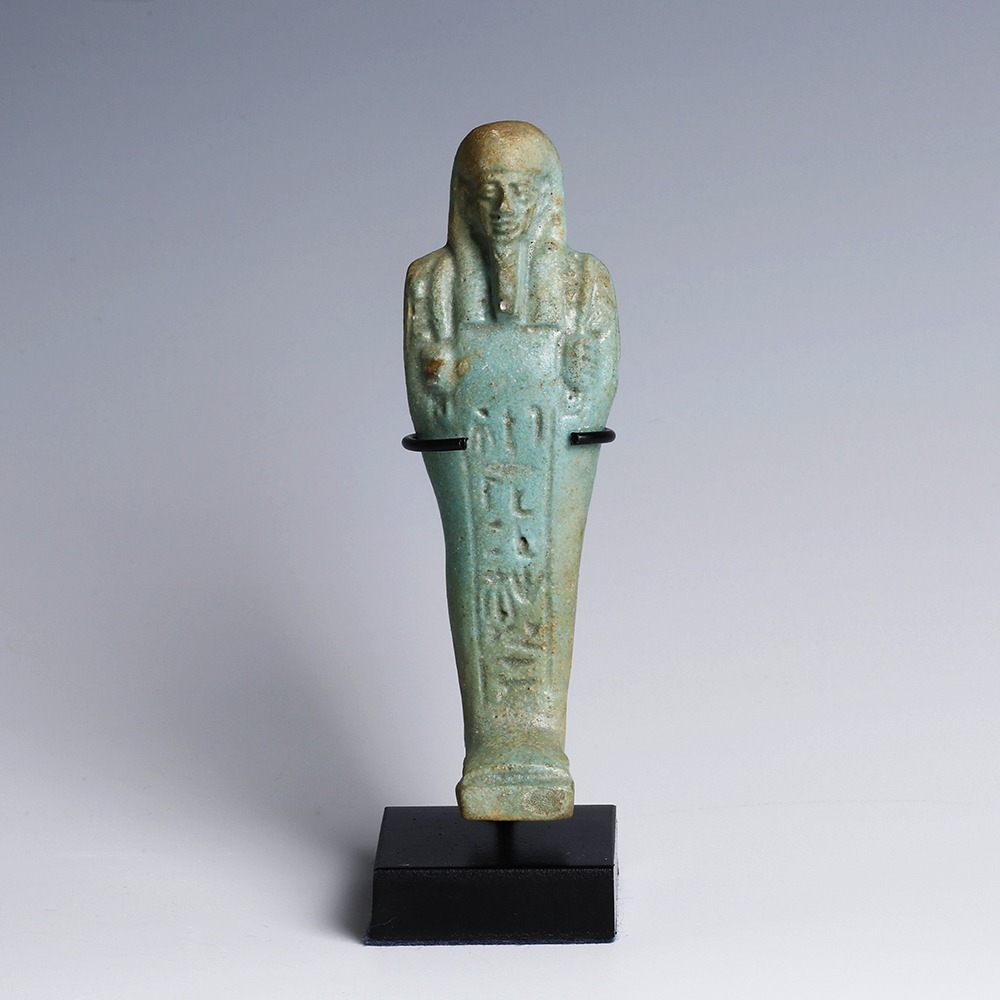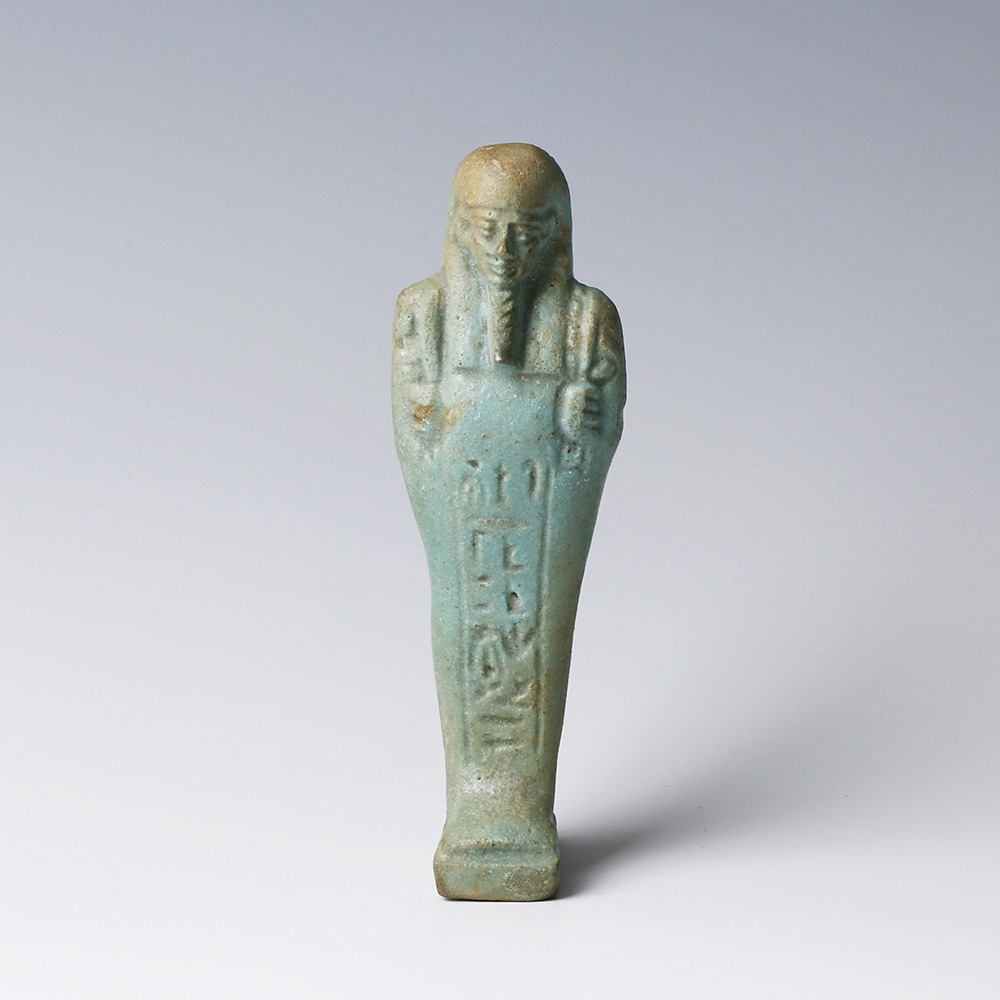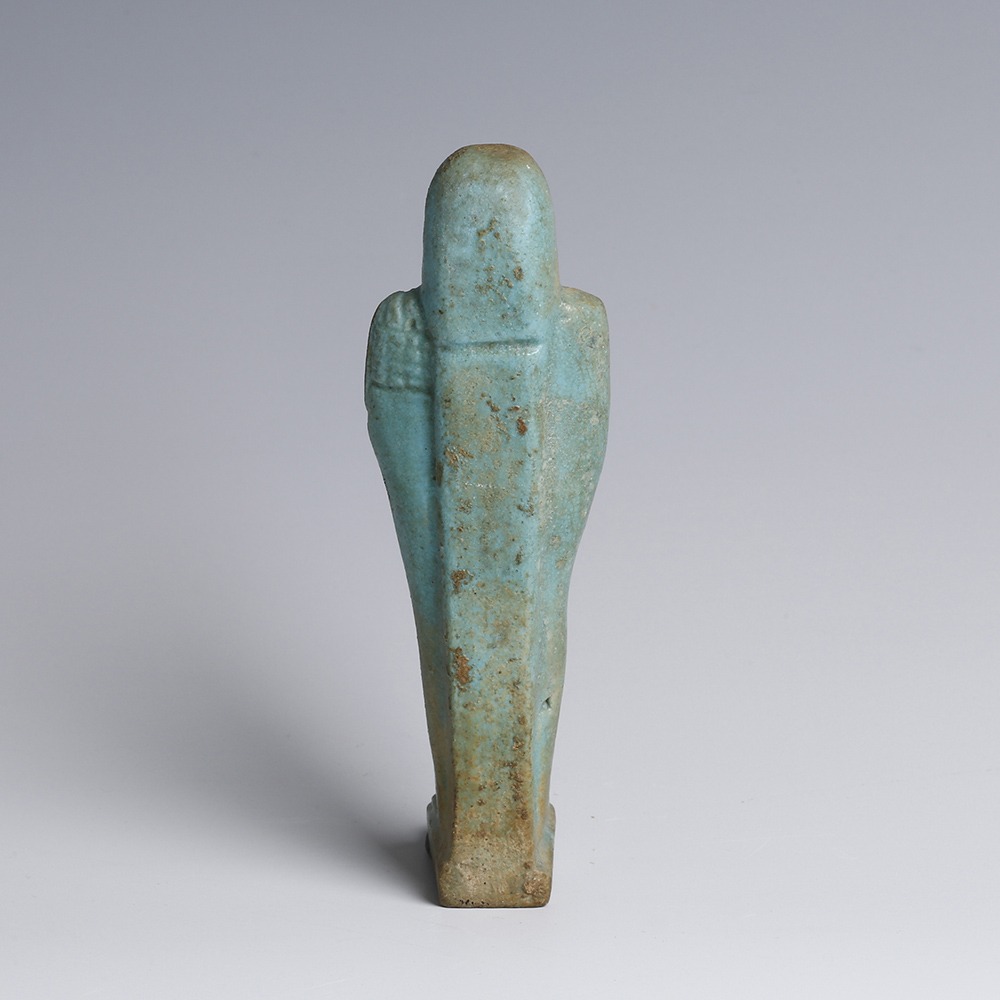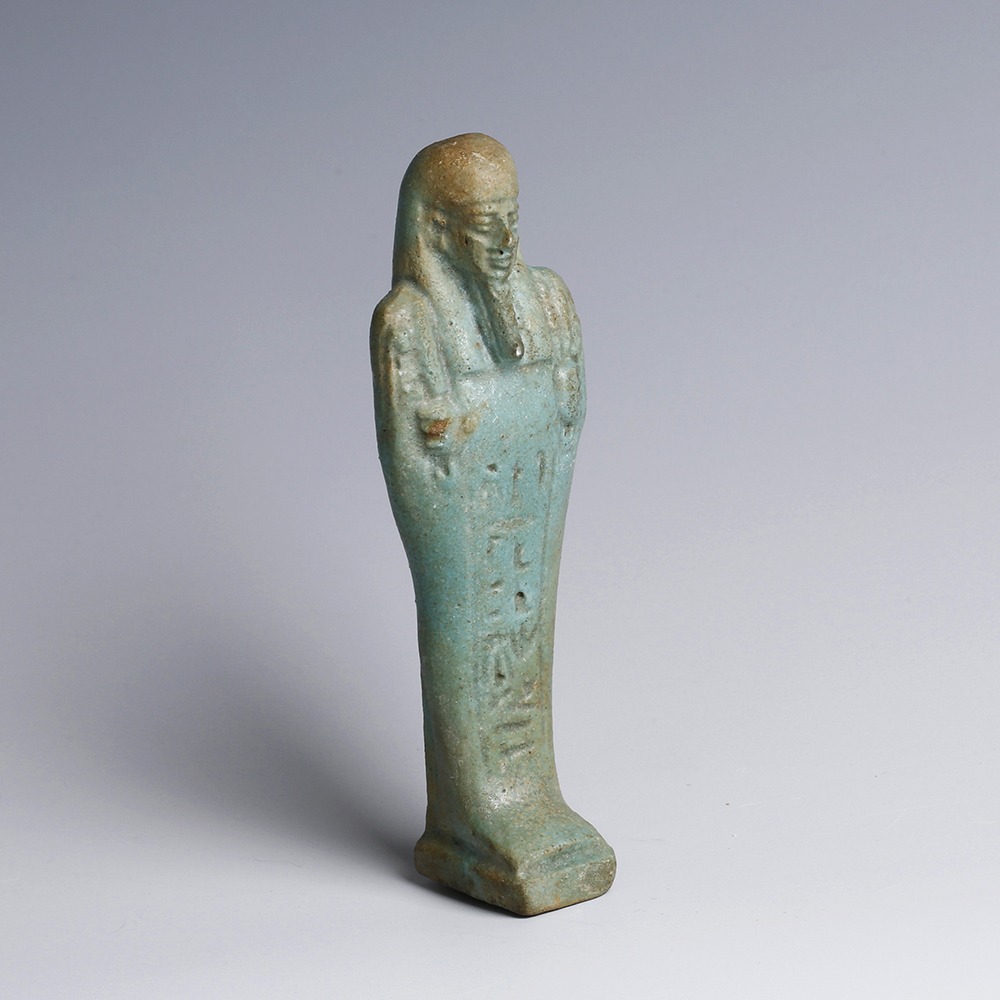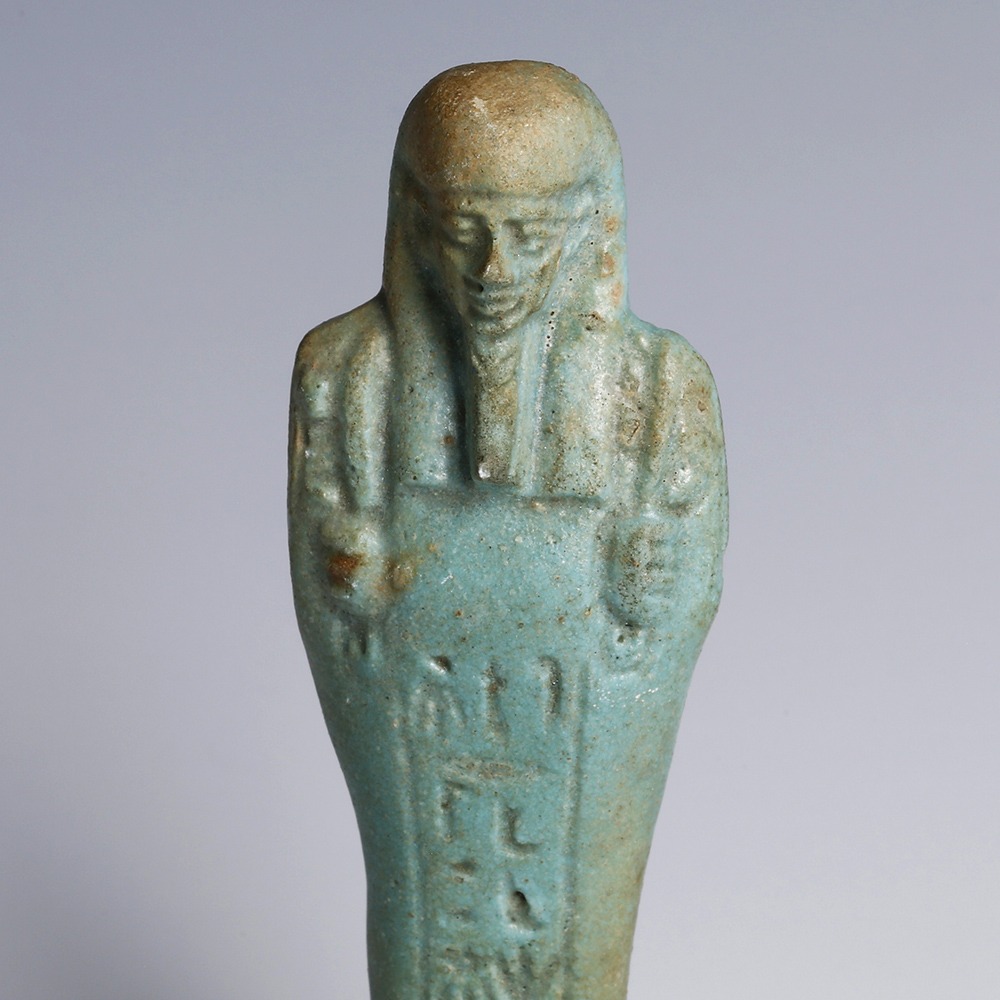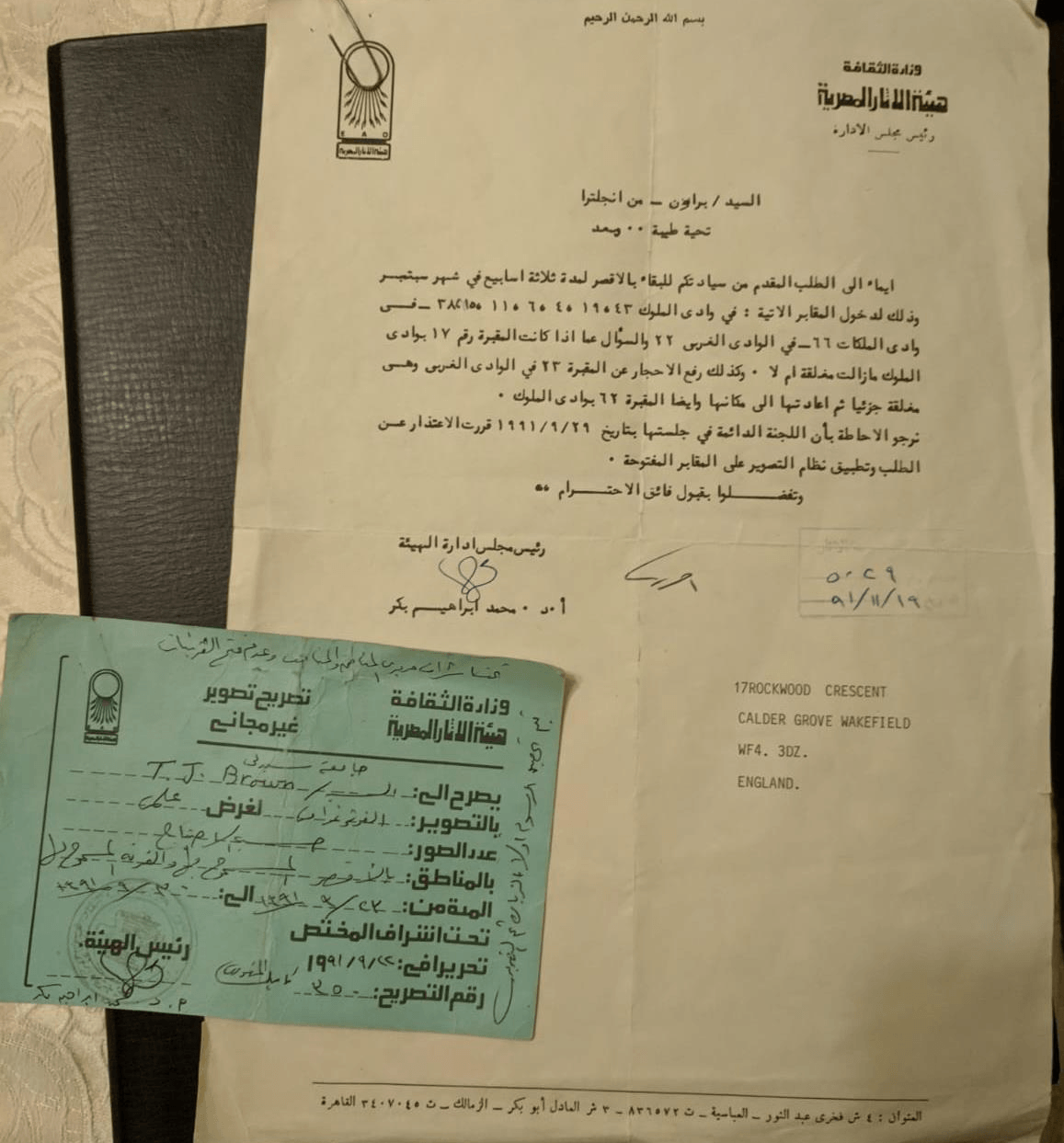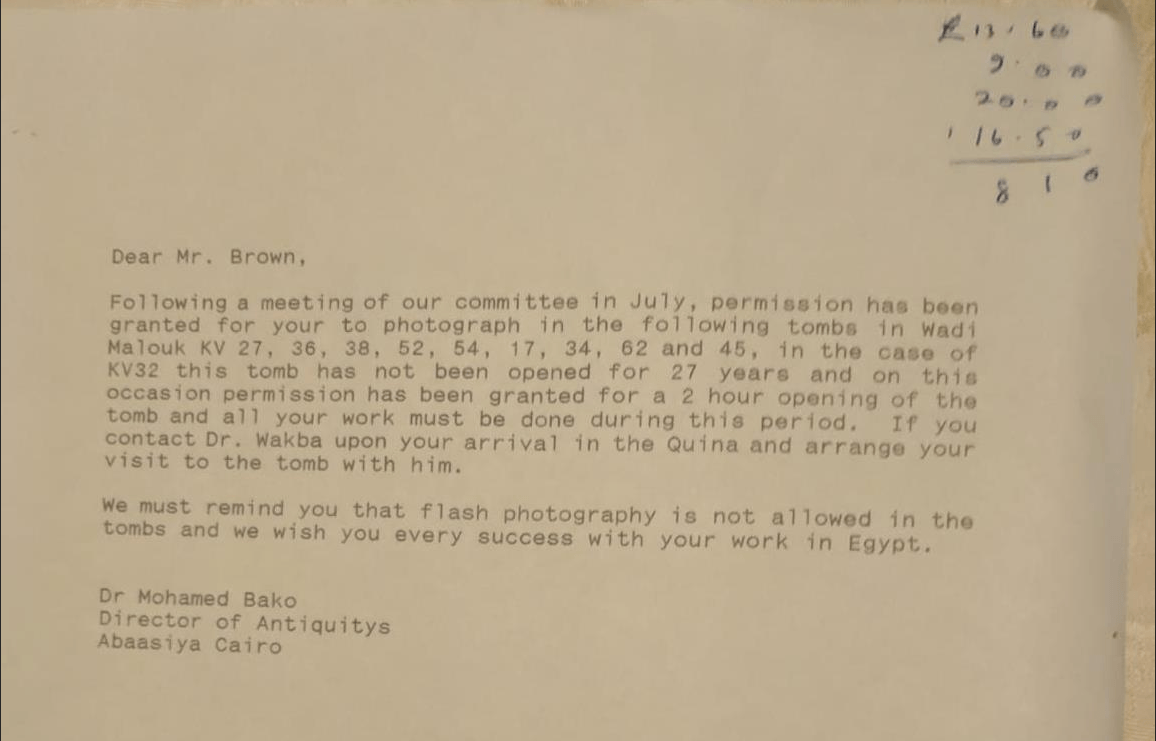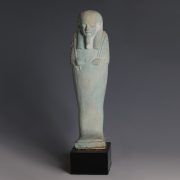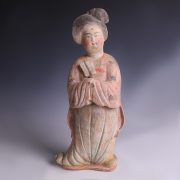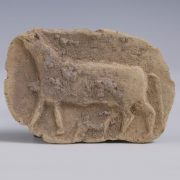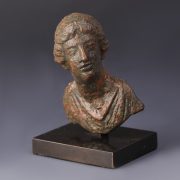Faience shabtis carrying a hoe and pick, with the addition of the basket, were popular in the Late period. They were labelled ‘ushebtis’, which translates as ‘answerer’. The shabti formula, which in this case only gives the Osiris name and the title of the deceased, was meant to provide instructions for the statuette in the afterlife. The shabti would thus perform duties on behalf of the deceased as instructed.
To discover more about the writing system of hieroglyphs, please visit our relavent blog post: Hieroglyphs: An Introduction to the Ancient Egyptian Writing System.
